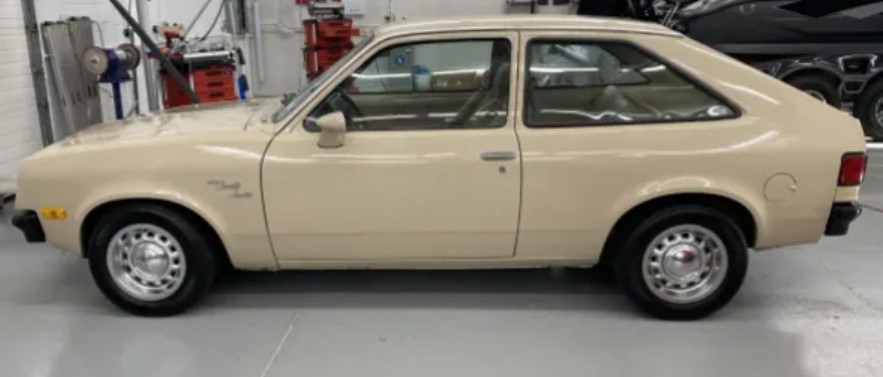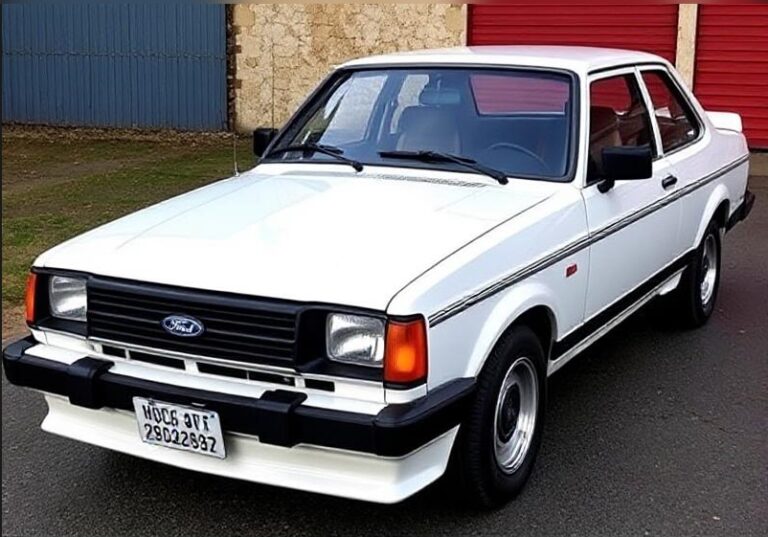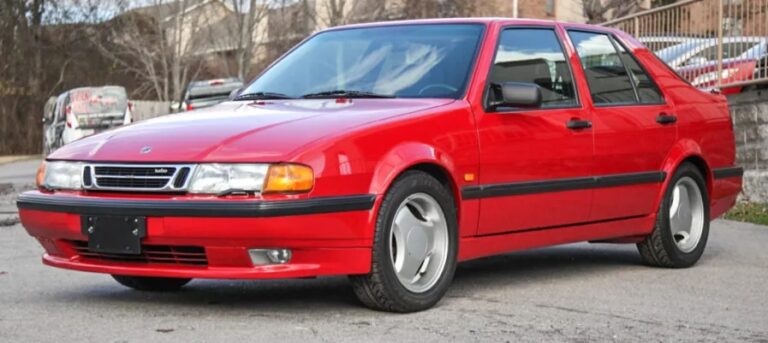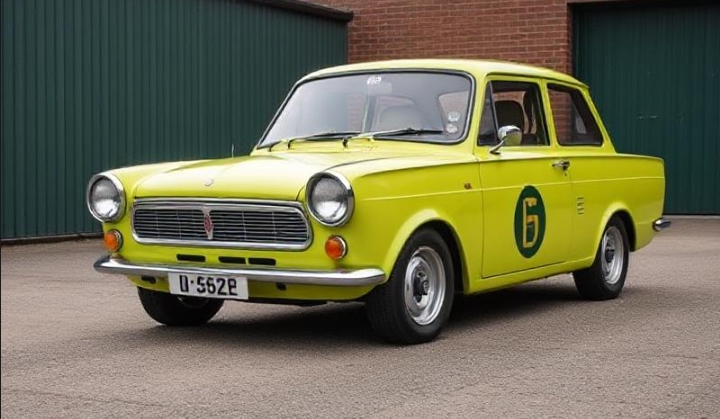The Evolution of the Chevrolet Chevette: A Compact Classic
The Chevrolet Chevette is a forgotten gem in the automotive landscape, a small compact car that offered an essence of practicality and affordability for many American drivers. Produced from 1976 until 1987, the Chevette’s story is one of adaptability, practicality, and a sincere attempt to meet the needs of a diverse consumer base. This article will explore the evolution of the Chevrolet Chevette, detailing its history, models, trim levels, and impact in the automotive world.
Introduction to the Chevette
The Chevrolet Chevette was introduced in 1976 as a response to the growing demand for smaller, fuel-efficient cars in the wake of the 1973 oil crisis. General Motors recognized the need for a compact vehicle that offered affordability and efficiency in a category that Competed with imports from Europe and Japan. The Chevette, designed by GM’s Opel division, was based on the Opel Kadett, ensuring an efficient and practical construction.
Production Timeline and Key Features
The Chevrolet Chevette was produced in the United States from 1976 to 1987. During this period, the Chevette underwent several notable revisions and updates while remaining true to its origins as a no-frills, compact vehicle.
1976 – The Launch
The Chevette made its debut in 1976 with two major configurations: a two-door sedan and a four-door sedan. Priced competitively, the car was aimed at budget-conscious consumers, making it an instant hit amongst first-time car buyers and families. The initial engine options were a 1.4-liter I4 that produced around 60 horsepower, paired with either a four-speed manual transmission or an optional three-speed automatic. Trim levels included the base “Chevette,” along with the slightly more refined “Chevette Custom”.
1977 – Innovations and Updates
In 1977, the Chevette line expanded with the introduction of a three-door hatchback variant, further enhancing its appeal to young drivers and those needing practicality for everyday use. The hatchback body style offered a flexible cargo space and sporty aesthetics.
1978 to 1980 – Continued Refinement
Throughout the late 1970s and early 1980s, Chevrolet made minor adjustments to the Chevette platform. In 1979, the engine was upgraded to a more powerful 1.6-liter I4, which provided better acceleration and performance while maintaining fuel efficiency. Fuel efficiency remained crucial, as gas prices fluctuated—averaging around 30 miles per gallon for the Chevette by this period.
1981 – Turbocharged Options
In 1981, Chevrolet added a turbocharged variant to the lineup known as the “Chevette Rally.” This model drew in enthusiasts with additional power and sporty styling, featuring unique graphics, alloy wheels, and handling upgrades. Moreover, several cosmetic enhancements and optional features were introduced, such as upgraded interior materials, higher-quality upholstery, and increased sound insulation for a quieter ride.
1982 – Introduction of the Diesel Engine
In 1982, the Chevette became one of the few compact cars available with a diesel engine option. The 1.8-liter diesel I4 offered consumers an even more economic choice, appealing to those paying close attention to fuel prices. However, the diesel model’s performance was often criticized due to significant noise and sluggish acceleration.
1983 – The Chevette Gets a Facelift
The third generation of the Chevette, which emerged around 1983, featured significant styling changes, including a new front end, revised tail lights, and updated interior offerings. The more substantial updates aimed to keep the car looking modern and competitive against refreshing competitors.
1984 – Introduction of the Sport Model
By 1984, the Chevette lineup included a sporty “Chevette Sport” trim that emphasized performance. It included a more responsive suspension and sportier interior and exterior design elements. Despite its attempt to attract a more youthful crowd, the Chevette was facing stiff competition from increasingly attractive, newer alternatives like the Honda Civic and Toyota Corolla.
.
When driving around in your classic car, you must always be cautious, as “classic” often means “old” and issues can arise because of that!
Take for instance these Buick Grand National Car Fires which occurred because the vehicles had old unreliable car parts on them!
.
1985 to 1987 – The Final Years
As the mid-1980s approached, the automotive market shifted, and consumer interests turned to compact SUVs and more feature-rich sedans. By this point, the Chevette began to lose ground in popularity. 1985 saw the introduction of more cosmetic upgrades, but the aging compact was not enough to keep it competitive.
Production of the Chevrolet Chevette officially ended in 1987. While some of its competitors continued to evolve, the Chevette had become symbolic of the past, losing its broader appeal. However, it still maintained a loyal fan base and a reputation for reliability and simplicity.
Trim Levels Overview
Throughout its production run, the Chevrolet Chevette was offered in various trim levels, including:
- Chevette (Base Model): Focused on providing the essentials, this model was very basic in terms of features to reach its cost-saving objectives.
- Chevette Custom: A step above the base model with more options for interior finishes and additional comfort features.
- Chevette Rally: Introduced as a sportier option, this trim provided visual enhancements and performance upgrades.
- Chevette Diesel: A unique offering that catered to those focused on fuel economy.
- Chevette Sport: Targeted at young drivers, with performance-tuned features to engage and excite.
Conclusion: A Legacy of Practicality
The Chevrolet Chevette may not have received the same acclaim as its competitors or the iconic status achieved by other Chevrolet models, but its contribution to automotive history is notable. It encapsulated the spirit of its time, embodying the enthusiasm for affordability, fuel economy, and practicality in a world increasingly aware of these factors.
As vehicle preferences shifted toward larger and more feature-rich models in the late 1980s, the Chevette’s simplicity ultimately led to its discontinuation. Still, it remains a beloved classic for those who appreciate the roots of American automotive history—a testament to what the industry once prioritized and the era that made compact cars a practical choice for millions of drivers.
The legacy of the Chevette lives on as a nostalgic reminder of a time when compact cars made their mark and rolled off dealership lots, proudly serving countless families and individuals looking to navigate the open roads with reliability and efficiency.







